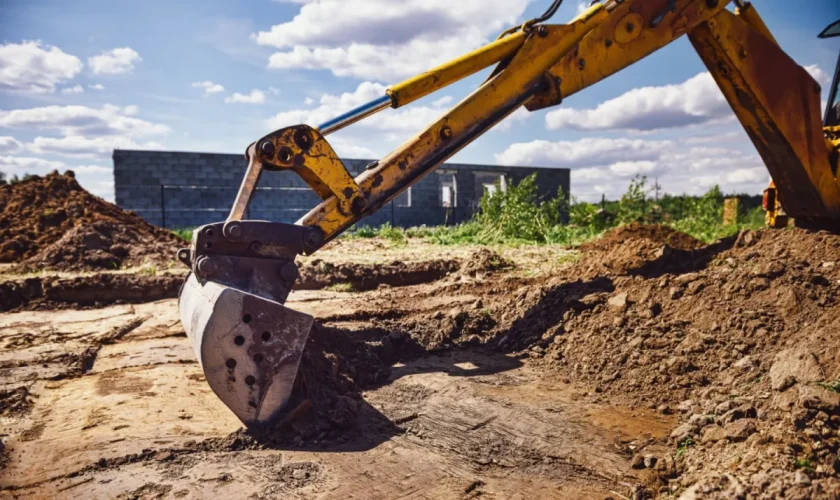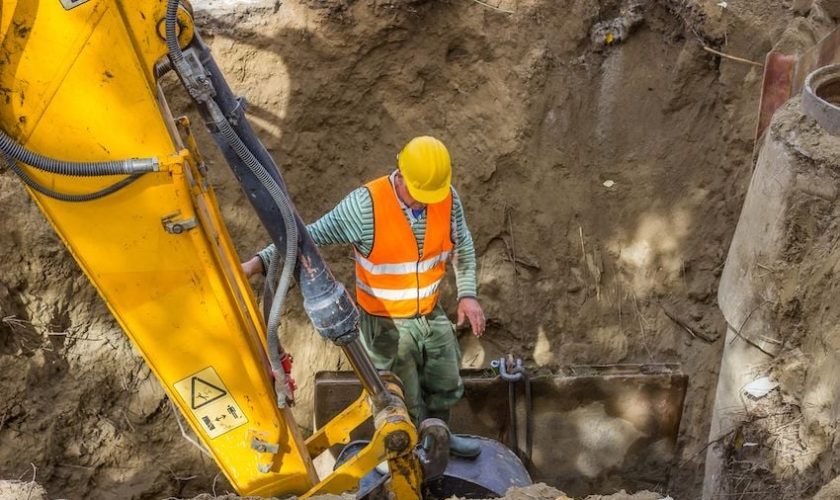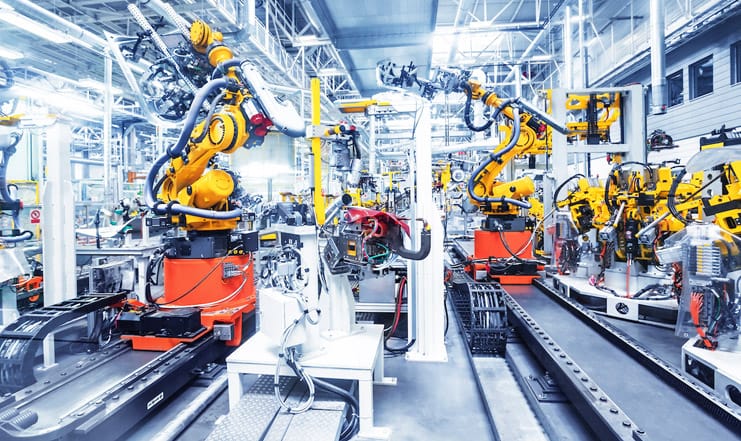Excavation projects are a cornerstone of many construction undertakings, whether for roads, buildings, or infrastructure projects. While excavation is crucial to the success of any construction, it also presents its own set of challenges, including the management of time and finances. In order to complete an excavation project on schedule and within budget, careful planning and diligent management are required. Below, we explore essential strategies to help ensure that excavation projects stay on track and within the desired financial parameters.
1. Detailed Planning and Scheduling
The foundation of any successful excavation project lies in thorough planning. The more detailed the project plan, the fewer surprises will arise as the work progresses. The planning stage should begin with a comprehensive site survey, taking into account factors such as soil type, nearby utilities, and environmental conditions. Knowing the layout, potential obstacles, and legal requirements can help anticipate possible delays. Additionally, creating a timeline with clearly defined milestones ensures that the project can be measured and monitored consistently. This plan should not only specify when each task needs to be completed but should also include buffer periods for unexpected delays, such as weather or unforeseen underground conditions.
2. Clear Communication with Stakeholders
Effective communication with all stakeholders is essential to the smooth execution of any project. This includes not just the excavation team, but also engineers, architects, contractors, and even local authorities. Regular meetings to address progress and potential concerns can mitigate issues before they become larger problems. By keeping all parties informed, you can quickly adapt to changes and ensure that everyone remains aligned with the project’s timeline and budget. For instance, if there are delays in the delivery of materials or equipment, the project manager can make adjustments to ensure there is no unnecessary downtime.
3. Proper Budgeting and Cost Management
Keeping an excavation project within budget begins with a precise estimate of costs and effective tracking throughout the project. The budget should cover all expected costs, from equipment rental to labor and materials. However, it is essential to plan for contingencies, as unforeseen complications are common in excavation work. For example, finding unexpected rock formations or hidden underground utilities can add unanticipated costs. These potential surprises should be factored into the initial budget, but it is also important to monitor expenses regularly. Tracking expenditures against the budget allows the project manager to spot any discrepancies early and take corrective action.
4. Skilled Workforce and Effective Leadership
A skilled workforce is invaluable when it comes to meeting deadlines and staying within budget. Hiring experienced operators, surveyors, and laborers who understand the intricacies of excavation work will reduce the risk of costly errors and delays. Furthermore, strong leadership from the project manager or site supervisor is essential to maintain efficiency. A leader who is knowledgeable, well-organized, and responsive can keep the team focused, address any challenges promptly, and ensure that everyone is working toward a common goal. Proper leadership fosters an environment where the project progresses smoothly, and the workers stay on task.
5. Equipment Maintenance and Optimization
Excavation projects rely heavily on equipment such as excavators, bulldozers, and backhoes. Ensuring that all machinery is in optimal working condition can prevent costly breakdowns that can significantly delay a project. Routine maintenance checks before the commencement of the project, as well as during its course, help ensure that equipment runs smoothly. Additionally, renting or leasing equipment instead of purchasing may be a more cost-effective solution, especially if the project timeline is relatively short. Properly maintaining and utilizing the right machinery for the job allows for greater efficiency, which, in turn, helps keep both time and budget under control.
6. Risk Management and Contingency Planning
Excavation work is inherently risky, and factors such as unstable soil conditions, unforeseen weather events, and safety hazards can pose significant threats to the timeline and budget. Comprehensive risk management involves identifying potential risks before they arise and creating contingency plans. A well-prepared project manager can foresee challenges such as poor weather forecasts or difficulties related to site conditions, making adjustments ahead of time to keep the project on track. For instance, securing extra labor or equipment on standby can help address any delays caused by sudden issues.
7. Monitoring and Adjusting the Progress Regularly
Regular monitoring of the excavation project’s progress is vital to ensure that it remains on schedule and within budget. By tracking key performance indicators (KPIs), such as the amount of work completed per day, equipment efficiency, and labor productivity, you can quickly identify any inefficiencies or deviations from the plan. If there are signs of delays or overspending, adjustments can be made to mitigate the effects. This might involve reallocating resources, adjusting the work schedule, or even renegotiating contracts to ensure that progress is not hindered.
8. Regulatory Compliance and Environmental Considerations
Staying on schedule and within budget also requires careful attention to legal and environmental factors. Excavation projects must adhere to local zoning laws, safety regulations, and environmental standards. Failure to comply with these regulations can result in costly fines and project delays. Prior to beginning work, it’s crucial to obtain all necessary permits and conduct environmental impact assessments if required. Regular checks to ensure compliance throughout the project are necessary to avoid any disruptions caused by regulatory issues.
9. Effective Material Management
Material procurement and management are central to the efficiency of an excavation project. Delays in the delivery of materials such as fill dirt, concrete, or gravel can halt progress and increase costs. Managing the supply chain carefully, including verifying material availability, ensuring on-time deliveries, and storing materials securely, helps avoid disruptions. Working closely with suppliers to coordinate delivery schedules and maintaining a contingency supply of critical materials ensures the project remains on track even in the face of unforeseen setbacks.
10. Learning from Past Projects
Finally, reviewing previous excavation projects can provide valuable insights that can help refine the process. By analyzing past successes and challenges, you can adjust your approach and make informed decisions that optimize the chances of keeping the project on schedule and within budget. This continual learning cycle ensures that each subsequent project is executed with greater efficiency.
By implementing these strategies, excavation projects can be managed effectively, resulting in timely and cost-effective completion. Proper planning, strong leadership, and proactive management are key to ensuring that the project stays on track despite the challenges that may arise. With careful attention to detail and a focus on risk mitigation, it is entirely possible to achieve a successful excavation outcome that meets both schedule and budget expectations.
















